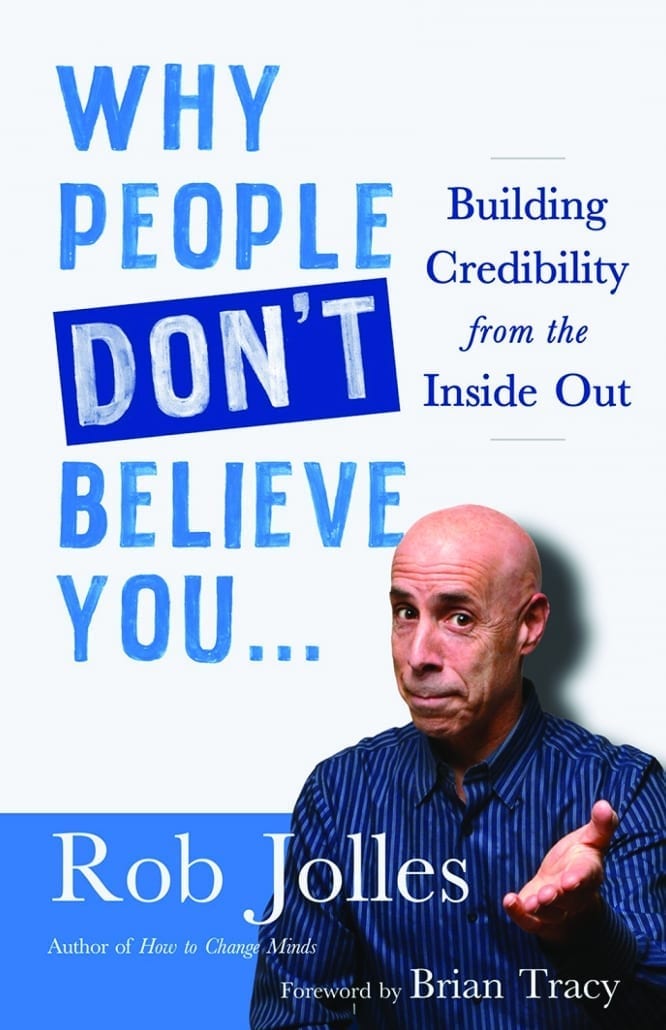The Ten Greatest Promotional Products of All Time

1. Pens
Even in this day with companies pushing towards paperless offices the classic ballpoint pen is a must have business accessory. Even with multi-application mobile phones and electronic messaging systems the first option people reach for when looking to take a quick note or write down contact details is a ballpoint pen. Their universal popularity is supported by the vast range of styles and price points on offer. Custom pens range from cheap giveaways costing less than 20 cents through to engraved gift options produced by world famous brands. People will rarely dispose of a working promotional pen so your bargain offering could hold its place for years, keeping your branding visible and your message in place.
2. Coffee Mugs
Just about everyone starts the day with a cup of their favourite hot beverage and often their emotional stability is dependent on its effect. Placed on a desk top a branded coffee mug carries unmissable branding. The right mug will become a regular part of the recipient’s day. Again, like all the most popular categories above the range of mugs available includes something for every situation and promotional opportunity. Coffee consumption continues to grow across the world and as a result promotional mugs are here to stay.
3. Bags
Promotional bags combine basic utility with high level branding and the bag you give away today at a conference filled with discussion papers and catalogues can be used tomorrow for shopping or to carry sports gear for a workout at the gym. It’s no surprise that retails hand out custom printed bags to their customers. Next time you’re in any shopping precinct have a look around at the carry bags people use to transport their purchases. The branding is unmissable and often these bags have a life after their primary use. And of course there are many styles of bags, from simple printed paper bags through to high end promotional luggage, backpacks and briefcases all of which have a specific use and share the traditional advantages of utility and high branding visibility common to all products in the category.
4. Badges & Pins
As a simple and cost effective way to display your membership and support for an organisation, or alternatively to provide a thank you gift to supporters an sponsors custom made lapel pins and badges are hard to beat. Considered jewellery items by some people and with usable lives which can surpass that of the people organising their production lapel pins are both cost effective and highly sought after. There is even an active collector community of people who trade and collect lapel pins so your design could become a cherished possession which takes pride of place.
5. Drink Bottles
The fact we all need to drink, a lot more often than we need to eat is one of the reasons promotional drink bottles have such broad appeal. Combining large scale custom branding with a low unit price the range of custom printed bottle styles available extends all the way from simple plastic sports bottles through to the latest vacuum insulated bottles. For the education industry, local sports teams and as corporate gifts to staff promotional bottles also have a green edge as they can be refilled over and over avoiding the need to buy bottled water. These eco-friendly credentials along with the unmissable branding ensure that promotional drink bottles will continue to be popular as long as humanity need hydration.
6. Wristbands
Since Lance Armstrong’s “Livestrong” initiative the humble silicone wristband has become a recognised symbol of emotional support and has since been adopted by a multitude of organisations looking to produce cost-effective giveaways and rewards for sponsors and supporters. For community organisations with a limited budget wristbands have become popular and effective fundraising items. As their popularity has grown manufacturers have come to the party and the range of styles, sizes and shapes has grown to the point now that there are enough different wristband models available that every organisation can choose a style which will represent their message.
7. Stress Balls
While some marketers view stress balls with scepticism but the reality is they are compact, fun 3D models which bring out the kid in a recipient while actually delivering a therapeutic benefit. It’s also cost effective to produce your own custom shaped stress balls and many manufacturers have found there are few better ways to make their clients aware of a new product offering than to produce a soft, #D model of their new product offering. Best of all people often keep a stress ball handy as an office mascot so your branding remains prominent
8. Confectionery
Everyone loves sweets and lollies or knows someone who does. A gift which appeals directly to the kid in all of us, promotional confectionery is the perfect low cost “thank you” gift. There are few better ways to leverage your investment in attending a convention or trade show than to hand out branded lollies at your stand. From salesmen hoping get a foot in the door, through to a small inexpensive giveaway to include with invoices which encourage prompt payment, custom branded bags of jelly beans and mints have an impact far beyond their cost.
9. Notepads
Combined with a pen there is no simpler or more widely used office item than a custom notepad. Sometimes, despite being surrounded by electronic equipment with the combined memory capacity or a public library the simple expedient of writing a quick note and leaving it in a prominent place is something no electronic device can replace. Custom printed notepads occupy a prime space on a desk and with a logo print on each page they move around the workplace with the messages they carry. There are few people in business who don’t reach for a notepad some time in each business day to scribble down a phone number or a reminder of some task that needs their attention when the time becomes available.
10. Key Chains
Key chains or “keyrings” as they are called in some regions of the Anglosphere are a practical item which have been utilised by promotional marketers for as long as promotional products have been produced. Not just a useful way to organise keys, a key chain is something people keep handy so your branding will always be kept close. In many ways the holy grail of promotional marketing is to provide people with a cost effective gift idea which will become a part of their daily activity and keyrings are a proven way to get your message into peoples’ hands for the long term.
There are hundreds of categories of promotional items. The ten listed above are in the opinion of the author then ten classic for which every marketer could potentially find a use. Tell us below what would make your list of all-time favourite promo products.

 The staggering cost of employee turnover goes largely unrecognized. There is no financial statement line item, no general ledger entry, and no budget explicitly set aside for this expense that can cost evenly modestly sized companies well over a million dollars each year. Yet a significant portion of voluntary attrition is directly related to an abusive work environment created, in part, by excessive business politics. Thus, reduced workplace politics can directly improve the organization’s bottom line.
The staggering cost of employee turnover goes largely unrecognized. There is no financial statement line item, no general ledger entry, and no budget explicitly set aside for this expense that can cost evenly modestly sized companies well over a million dollars each year. Yet a significant portion of voluntary attrition is directly related to an abusive work environment created, in part, by excessive business politics. Thus, reduced workplace politics can directly improve the organization’s bottom line. Ah, the joy of youth. Carefree and without worry – until we pursue our first real job. Then the anxiety about our age rears its ugly head for the first time. “Will clients have trouble responding to me because of my age? Will co-workers think my age makes me less qualified for the position I hold? If only I were a little older…” Although it seems hard to fathom, these sentiments were quite real when we were beginning our work lives.
Ah, the joy of youth. Carefree and without worry – until we pursue our first real job. Then the anxiety about our age rears its ugly head for the first time. “Will clients have trouble responding to me because of my age? Will co-workers think my age makes me less qualified for the position I hold? If only I were a little older…” Although it seems hard to fathom, these sentiments were quite real when we were beginning our work lives. Rob Jolles is a sought-after speaker who teaches, entertains, and inspires audiences worldwide. His live programs in and around the world have enabled him to amass a client list of Fortune 500 companies including Toyota, Disney, GE, a dozen universities, and over 50 financial institutions. He is the best-selling author of six books, including his latest release, Why People Don’t Believe You… Building Credibility from the Inside Out. To learn more, visit
Rob Jolles is a sought-after speaker who teaches, entertains, and inspires audiences worldwide. His live programs in and around the world have enabled him to amass a client list of Fortune 500 companies including Toyota, Disney, GE, a dozen universities, and over 50 financial institutions. He is the best-selling author of six books, including his latest release, Why People Don’t Believe You… Building Credibility from the Inside Out. To learn more, visit  For the connoisseur of Agile project management, Scrum is undoubtedly shown up on your “To Do” list. First formulated as an Agile strategy to assist software development teams in pursuit of sustainable project initiatives, the method has since found roots in a number of cross-industry projects.
For the connoisseur of Agile project management, Scrum is undoubtedly shown up on your “To Do” list. First formulated as an Agile strategy to assist software development teams in pursuit of sustainable project initiatives, the method has since found roots in a number of cross-industry projects. As chief evangelist, Lean-Agile strategy at
As chief evangelist, Lean-Agile strategy at  When you want to run your business well, there are always going to be certain things that you will want to work on. Because we all know that if you’re wasting money or time, and you’re starting to struggle, it could just be a downwards slope from there. So, instead, you need to make sure that you’re working closer and closer to finding your success every single day. And that means that you need to take steps in the right direction. Towards
When you want to run your business well, there are always going to be certain things that you will want to work on. Because we all know that if you’re wasting money or time, and you’re starting to struggle, it could just be a downwards slope from there. So, instead, you need to make sure that you’re working closer and closer to finding your success every single day. And that means that you need to take steps in the right direction. Towards